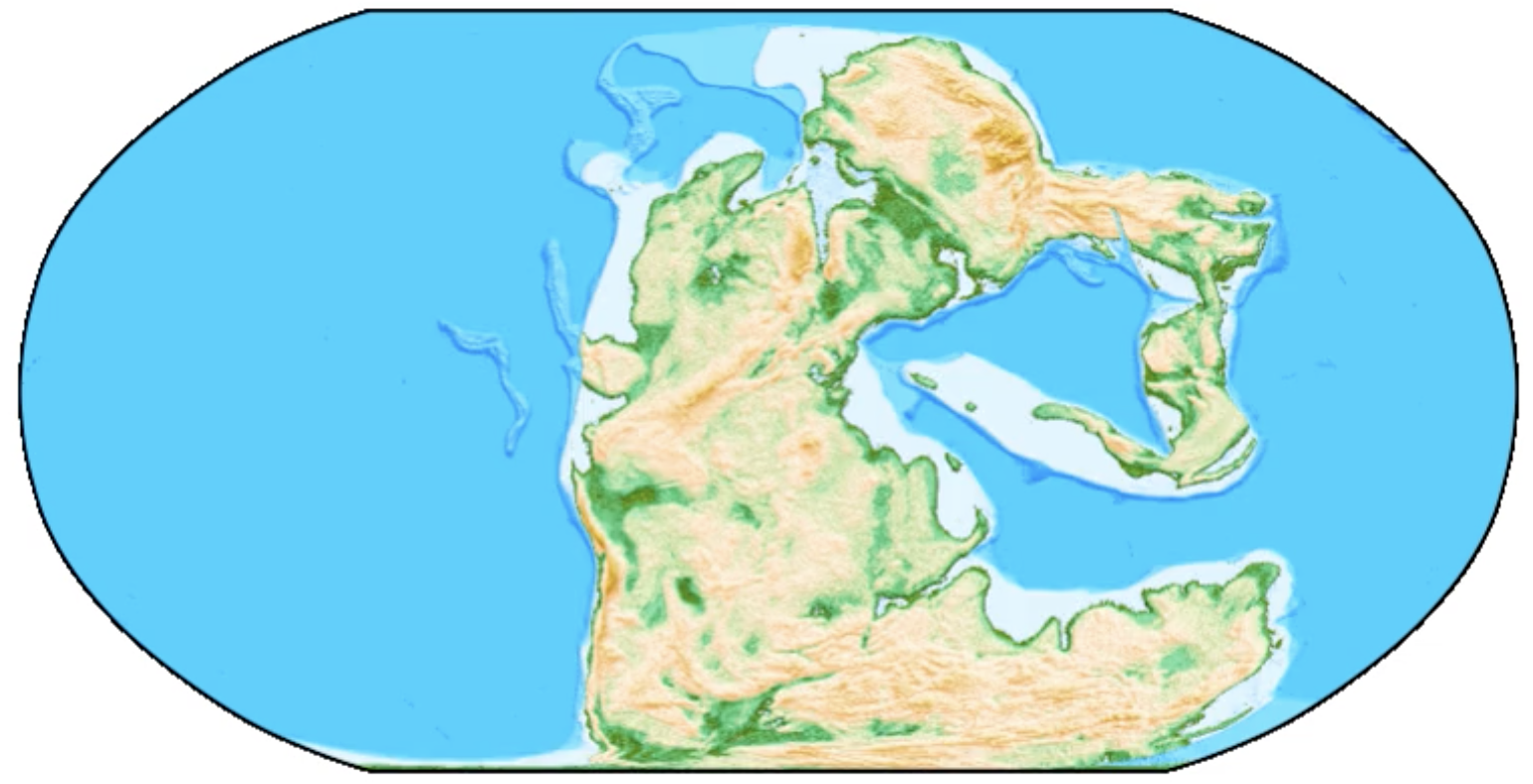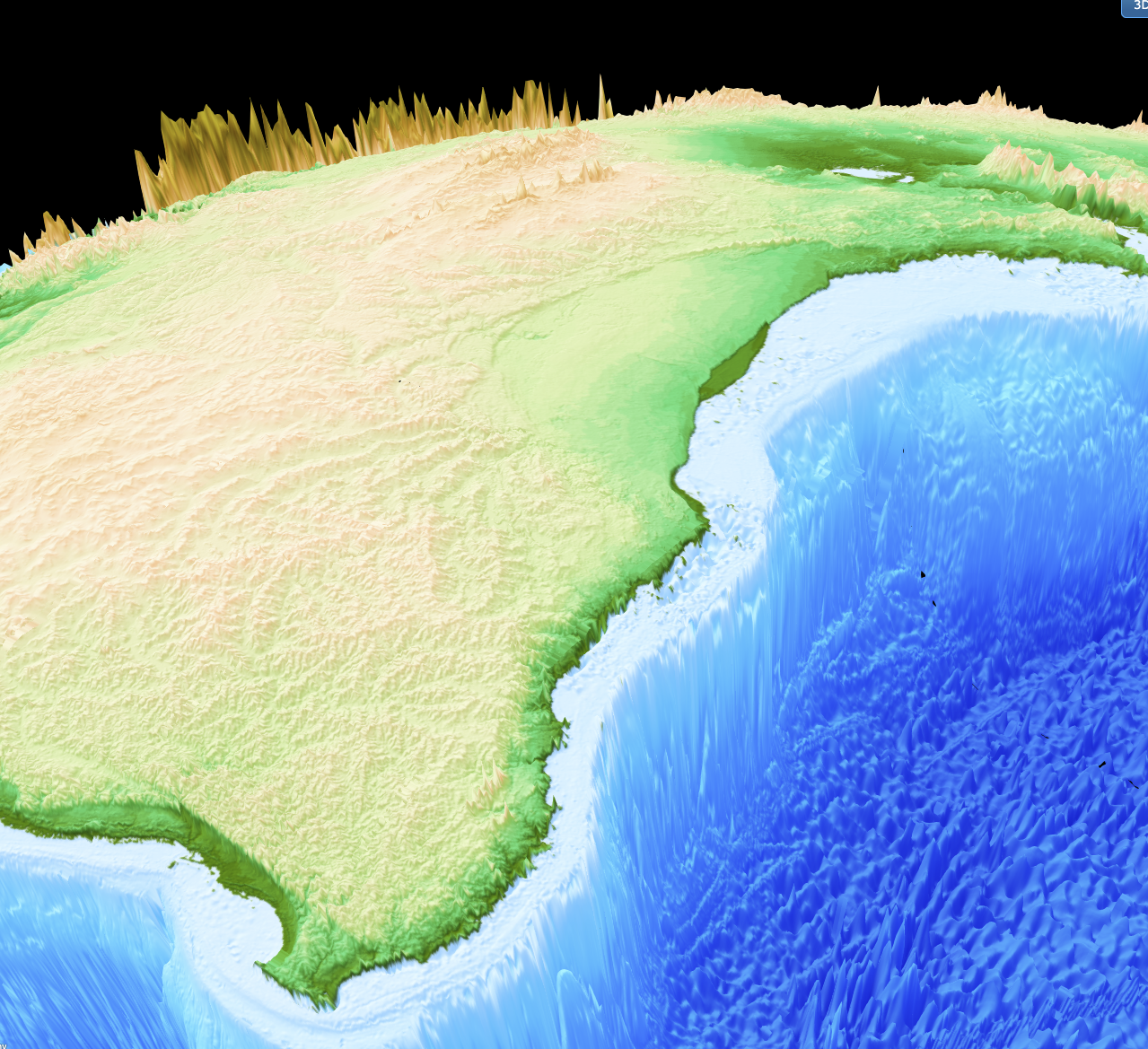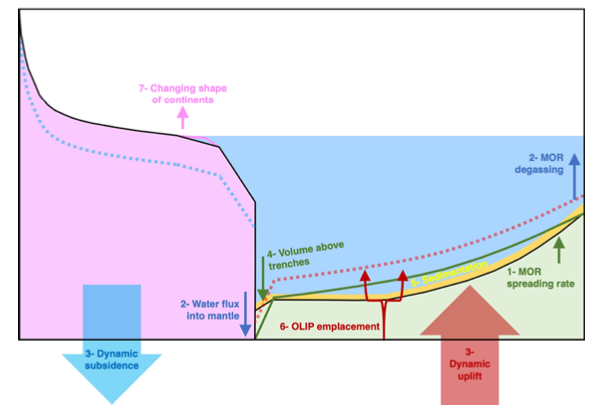Scientists discover 36-million-year geological cycle that drives biodiversity
11 July 2023 Tectonic changes alter sea levels that can create breeding grounds for life Movement in the Earth’s tectonic plates indirectly triggers bursts of biodiversity in 36-million-year cycles by forcing sea levels to rise and fall, new research has shown. Dinosaur Stampede exhibit at Dinosaur Canyon, located in Queensland’s Winton Formation which was formed … Read more…





